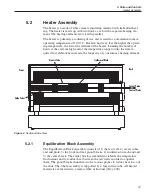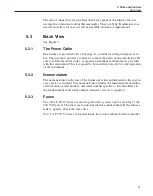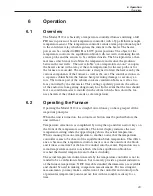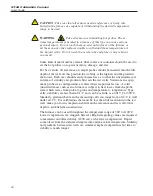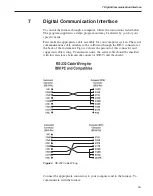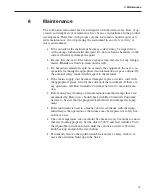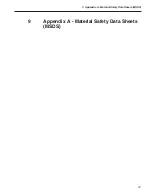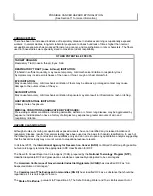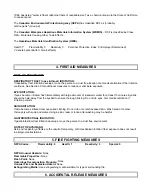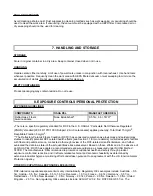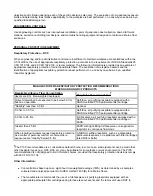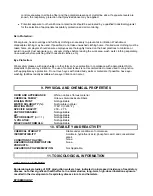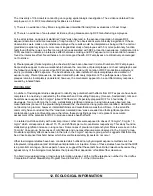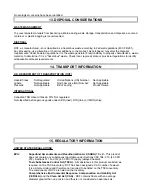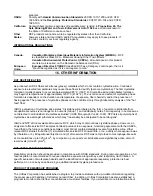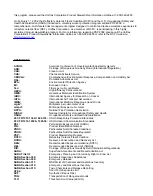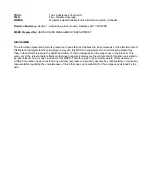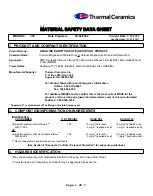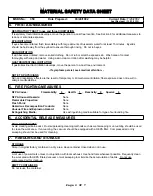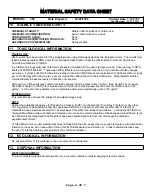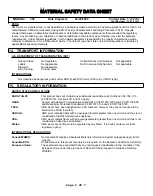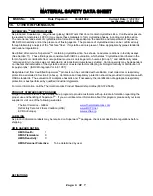
control exposures to airborne fiber and the potential presence of crystalline silica. If exposure levels are
known, the respiratory protection chart provided above may be applied.
Potential exposure to other airborne contaminants should be evaluated by a qualified Industrial Hygienist
for the selection of appropriate respiratory protection and air monitoring.
Skin Protection:
Wear gloves, head coverings and full body clothing as necessary to prevent skin irritation. Washable or
disposable clothing may be used. If possible, do not take unwashed clothing home. If soiled work clothing must be
taken home, employers should ensure employees are thoroughly trained on the best practices to minimize or
avoid non-work dust exposure (e.g., vacuum clothes before leaving the work area, wash work clothing separately,
rinse washer before washing other household clothes, etc.).
Eye Protection:
Wear safety glasses with side shields or other forms of eye protection in compliance with appropriate OSHA
standards to prevent eye irritation. The use of contact lenses is not recommended, unless used in conjunction
with appropriate eye protection. Do not touch eyes with soiled body parts or materials. If possible, have eye-
washing facilities readily available where eye irritation can occur.
HEALTH DATA SUMMARY
Epidemiological studies of RCF production workers have indicated no increased incidence of respiratory
disease nor other significant health effects. In animal studies, long-term, high-dose inhalation exposure
resulted in the development of respiratory disease in rats and hamsters.
EPIDEMIOLOGY
9. PHYSICAL AND CHEMICAL PROPERTIES
ODOR AND APPEARANCE
:
White, odorless, fibrous material
CHEMICAL FAMILY
:
Vitreous Aluminosilicate Fibers
BOILING POINT
:
Not Applicable
WATER SOLUBILITY (%):
Not Soluble in Water
MELTING POINT
:
1760° C (3200° F)
SPECIFIC GRAVITY
:
2.50 – 2.75
VAPOR PRESSURE
:
Not Applicable
pH
:
Not Applicable
VAPOR DENSITY
(Air = 1):
Not Applicable
% VOLATILE
:
Not Applicable
MOLECULAR FORMULA
:
Not Applicable
10. STABILITY AND REACTIVITY
CHEMICAL STABILITY:
Stable under conditions of normal use.
INCOMPATIBILITY:
Soluble in hydrofluoric acid, phosphoric acid, and concentrated
alkali.
CONDITIONS TO AVOID:
None.
HAZARDOUS DECOMPOSITION
PRODUCTS:
None.
HAZARDOUS POLYMERIZATION:
Not Applicable.
11. TOXICOLOGICAL INFORMATION

